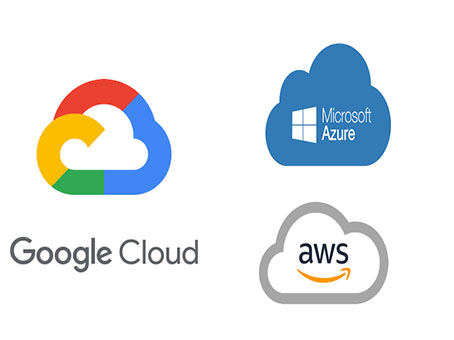
Devops
It seems like you’re referring to “DevOps.” DevOps is a set of practices, tools, and cultural philosophies that aim to improve collaboration and productivity between development (Dev) and operations (Ops) teams. By breaking down traditional silos, DevOps helps organizations deliver software more efficiently and with higher quality. Here’s a comprehensive look at DevOps:
Core Principles of DevOps:
Collaboration and Communication:
- Cross-Functional Teams: Encourage collaboration between developers, operations, and other stakeholders to improve communication and efficiency.
- Shared Goals: Align team objectives to ensure everyone is working towards common goals and understands each other’s responsibilities.
Automation:
- Continuous Integration (CI): Automatically integrate code changes into a shared repository several times a day, enabling early detection of issues.
- Continuous Delivery (CD): Automatically deploy code changes to production or staging environments, ensuring that the software is always in a deployable state.
- Infrastructure as Code (IaC): Manage and provision infrastructure through code, making it easier to automate and version control infrastructure changes.
Continuous Feedback:
- Monitoring and Logging: Implement robust monitoring and logging to gain insights into application performance and detect issues early.
- Metrics and KPIs: Use metrics to measure performance and gather feedback on the development and deployment processes.
Iterative Improvement:
- Agile Practices: Adopt agile methodologies to continuously improve processes and respond to changing requirements.
- Blameless Postmortems: Conduct reviews of failures or incidents without assigning blame, focusing instead on improving processes and preventing future issues.
Key DevOps Practices:
Continuous Integration (CI):
- Automated Builds: Automatically build and test code to detect issues early in the development cycle.
- Integration Testing: Run tests to ensure that code changes integrate smoothly with existing code.
Continuous Delivery (CD):
- Automated Deployment: Deploy code changes automatically to staging or production environments.
- Release Automation: Streamline the release process to make deployments faster and more reliable.
Infrastructure as Code (IaC):
- Configuration Management: Use tools like Ansible, Puppet, or Chef to manage and automate infrastructure configurations.
- Provisioning: Use tools like Terraform or AWS CloudFormation to provision and manage cloud resources.
Monitoring and Logging:
- Application Monitoring: Track application performance and health using tools like New Relic, Datadog, or Prometheus.
- Log Management: Aggregate and analyze logs with tools like ELK Stack (Elasticsearch, Logstash, Kibana) or Splunk.
Automated Testing:
- Unit Testing: Test individual components of the application to ensure they function correctly.
- Integration Testing: Test interactions between components to ensure they work together as expected.
- End-to-End Testing: Test the entire application flow from start to finish to ensure the complete system works as intended.
Tools Commonly Used in DevOps:
- Version Control Systems: Git, GitHub, GitLab
- CI/CD Tools: Jenkins, CircleCI, Travis CI, GitLab CI
- Containerization: Docker, Kubernetes
- Configuration Management: Ansible, Puppet, Chef
- Monitoring and Logging: Prometheus, Grafana, ELK Stack, Splunk
- Cloud Platforms: AWS, Azure, Google Cloud Platform
Benefits of DevOps:
- Faster Delivery: Accelerate software development and delivery cycles by automating processes and improving collaboration.
- Higher Quality: Improve software quality through continuous testing, integration, and delivery.
- Increased Efficiency: Streamline operations and reduce manual tasks through automation.
- Better Collaboration: Enhance teamwork and communication between development and operations teams.
- Scalability: Easily scale applications and infrastructure to meet growing demands.
Challenges and Considerations:
- Cultural Shift: Adopting DevOps requires a cultural change within the organization, which can be challenging to implement.
- Tool Integration: Integrating various tools and technologies effectively can be complex.
- Skill Requirements: Teams may need to acquire new skills or training to implement DevOps practices effectively.
DevOps is a transformative approach that enhances collaboration, automates processes, and improves the overall efficiency of software development and operations. By embracing DevOps principles and practices, organizations can achieve faster delivery, higher quality, and greater agility in their software development lifecycle.
24x7 Online Expert Support
